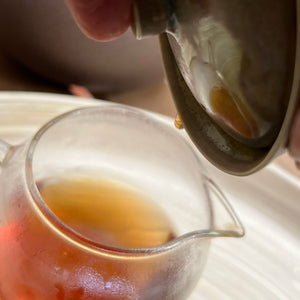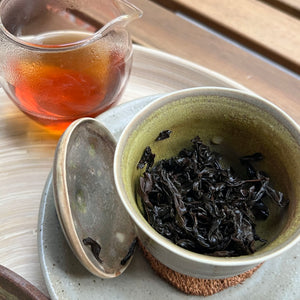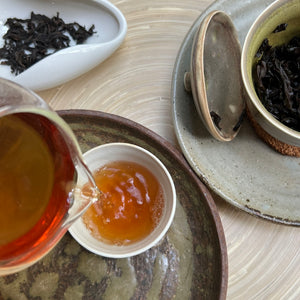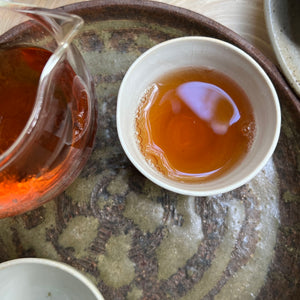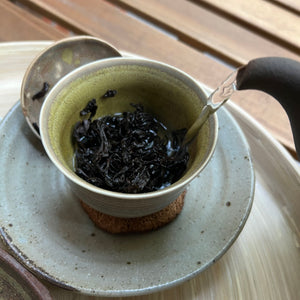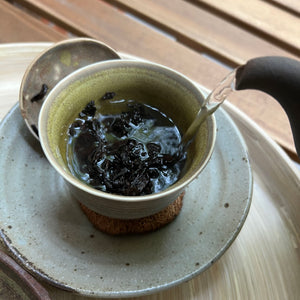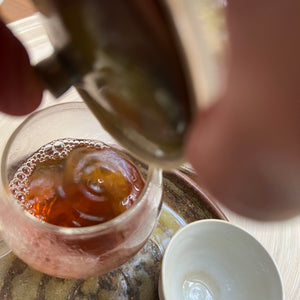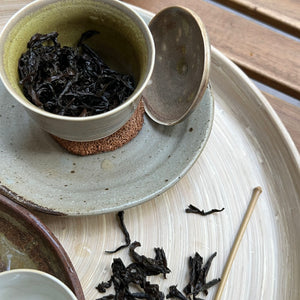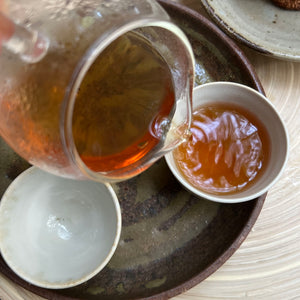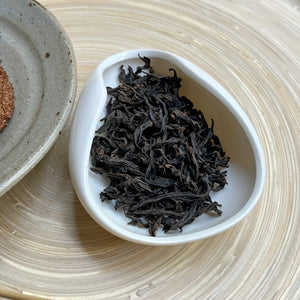
Shui Jin Gui rock oolong
Tax included
Shipping calculated at checkout
In stock
Pickup currently unavailable
Shui Jin Gui – The Green Golden Turtle’s Quiet Footsteps Among the Rocks
Shui Jin Gui (水金龜) , or “Green Golden Turtle,” is not just another rock tea: this tea is one of the legendary four great “yancha” teas of the Wuyi Mountains , and according to tradition, it deserves this distinguished status.
Its name simultaneously embodies the preciousness of gold, the freshness of green, and the calmness of the turtle – just as the turtle symbolizes long life, wisdom, and quiet perseverance, so too does this tea convey a quiet, deeply moving experience.
Subtly green, vividly mineral – a unique character from the cliffs
Shui Jin Gui is one of the lightest and greenest of the four famous Wuyi oolongs (the others are Da Hong Pao, Tie Luo Han, Bai Ji Guan). It is lightly roasted, thus retaining the freshness of the leaves , their floral scent and natural, fruity notes.
-
Its scent often reveals tones of fresh jasmine, lilac or citrus blossom .
-
Its taste combines light minerality , the freshness of white peach , sugar snap peas, and a slightly toasted, nutty finish.
-
The scent of wet leaves after pouring can be reminiscent of rocks soaked in summer rain – ethereal, yet down-to-earth.
This tea is particularly suitable for discovering the subtle nuances of yancha teas, as it is not dominated by smokiness or heavy roasting , but leaves room for the perception of textures and aromas.
Processing, origin and vintage
-
Origin: Wuyishan, Fujian Province, China
-
Harvest: May 2023
-
Processing: Medium oxidation, medium roast – this preserves the tea's lighter notes and aromatic purity.
The leaves are collected from cliffs, processed by hand in small quantities, and after several months of rest, they acquire their harmonious, round character. The moderate roasting is done with traditional charcoal, in gradual steps, according to the nature of the leaves.
Who do we recommend it to?
This tea is ideal for:
-
for those who are first introduced to the world of rock teas,
-
for those who are looking for a lighter, fresher version of the darker, more characteristic yancha teas,
-
or those who want to gain a deeper understanding of the possibilities offered by Wuyi terroir and processing.
Flavor profile, in brief:
-
Scent: fresh floral (lilac, jasmine), slightly citrusy
-
Taste: white peach , sugar snap peas , minerality, light roasting
-
Texture: soft, clean, with a long aftertaste
-
Aftertaste: coolly mineral , with some honey sweetness
Recommended preparation
Asian method (gaiwan or yixing pot):
-
5–6 g tea / 100 ml
-
90–95 °C water
-
5–10 second pours, multiple times
-
It shows its aromatic depth best in the 2nd–4th pours.
Western method (teapot or filter brewing):
-
3g tea / 250ml
-
90°C water
-
Soak for 2–3 minutes
-
You can enjoy up to 2-3 pours.
Cold brew:
-
5 g tea / 500 ml cold water
-
8–10 hours in the refrigerator
-
A delicious, floral, cooling drink for summer days.
Name meaning
The name “Green Golden Turtle” is not just a visual or mythological image: it also refers to the tea’s greenish hue, rarity, and value.
In Chinese mythology, the turtle is a symbol of longevity, stability, and wisdom – all of which this tea conveys.
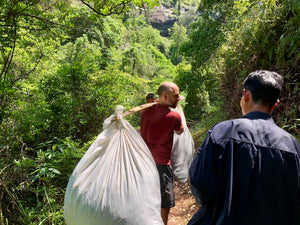
Personal contact
Our teas don't come from wholesale warehouses or unknown sources. We travel to the small producers we source from – whether it's a Japanese family tea garden, a Chinese mountain village or an oolong maker in Taiwan.
Stories
We meet them in person, learn their story, see how they care for their plants, and how they process the fresh leaves.
These experiences are the soul of our teas. This way, not only is the quality guaranteed, but also the fact that behind each cup there is a real person, a real story.
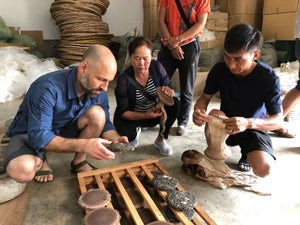
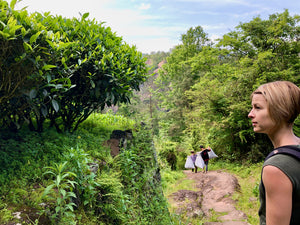
Direct
This direct relationship is valuable to us. Not only because of the excellent tea, but because we believe that trust, respect and personal presence are what make the tea drinking experience truly special.
Teavolution Tea Blog
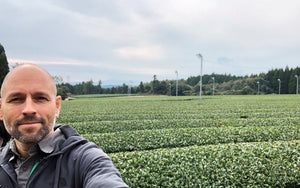
Oct 2, 2025
Sencha tea
Read more

Sep 21, 2025
Matcha hiány Japánban
Read more
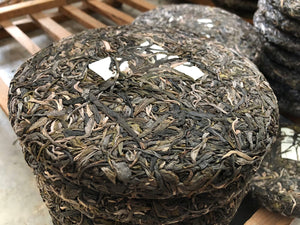
Mar 18, 2025
Puer tea, puerh or pu-erh
Read more
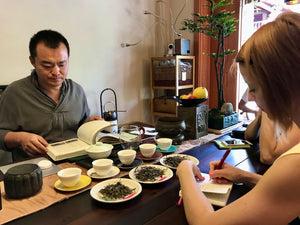
Mar 18, 2025
Types of tea
Read more
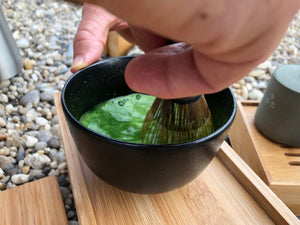
Mar 18, 2025
What is matcha tea?
Read more

Mar 18, 2025
Oolong tea (Wulong tea)
Read more

